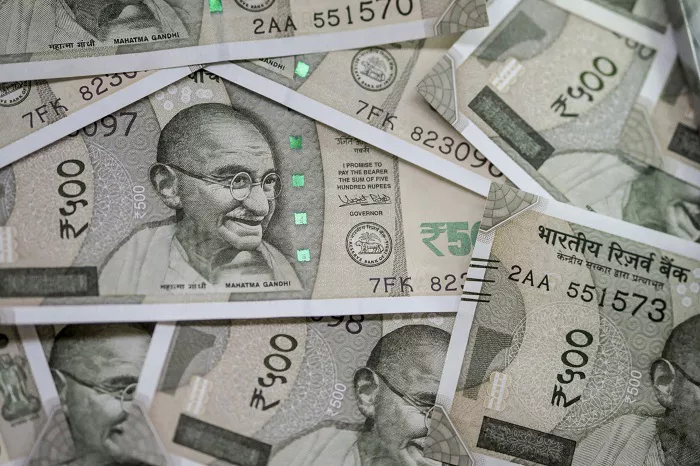The Indian rupee’s continued decline against the U.S. dollar is drawing increased attention as it edges closer to a key psychological and technical threshold. This growing pressure is fueling speculation that the Reserve Bank of India (RBI) may soon intervene in the foreign exchange markets to curb further depreciation, especially as global geopolitical and economic uncertainties intensify.
Analysts at Australia & New Zealand Banking Group Ltd. and MUFG Bank Ltd. suggest that the RBI is likely to step in if the rupee weakens significantly, particularly if it approaches the 87-per-dollar mark. Such a level could signal increased market instability and potentially trigger a chain reaction in investor sentiment and capital flows.
So far this quarter, the Indian rupee has been the poorest-performing currency in Asia, facing sustained downward pressure. A major contributing factor has been the sharp rise in global crude oil prices, which inflates India’s import bill and widens the trade deficit, thereby exerting additional strain on the currency. India, being heavily dependent on imported oil, is especially vulnerable to such price shocks.
Beyond oil, broader global economic tensions—including U.S. interest rate policy uncertainty, geopolitical conflicts, and volatile capital markets—are compounding the rupee’s challenges. In this environment, investors are increasingly seeking safe-haven assets like the U.S. dollar, further exacerbating outflows from emerging markets like India.
Should the RBI choose to intervene, it is expected to deploy its substantial foreign exchange reserves to smooth out volatility and prevent abrupt currency moves that could disrupt financial markets and economic stability. The central bank has historically taken a calibrated approach, balancing exchange rate stability with market-determined pricing.
For now, market participants will be closely monitoring both the rupee’s trajectory and any signals from the RBI, as India navigates a period of heightened macroeconomic stress.


